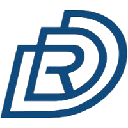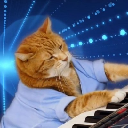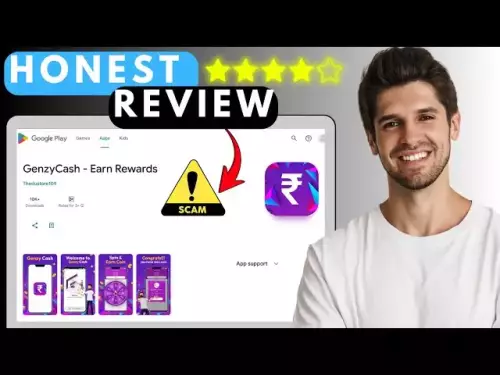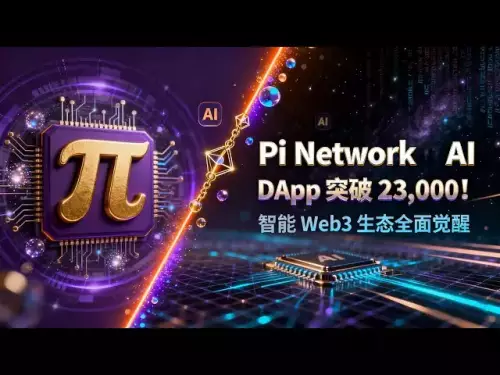-
 bitcoin
bitcoin $108842.957301 USD
-1.88% -
 ethereum
ethereum $3931.777121 USD
-1.66% -
 tether
tether $1.000186 USD
-0.03% -
 bnb
bnb $1153.250882 USD
-2.20% -
 xrp
xrp $2.367904 USD
-1.94% -
 solana
solana $186.182050 USD
-4.20% -
 usd-coin
usd-coin $0.999997 USD
0.00% -
 tron
tron $0.316949 USD
-1.00% -
 dogecoin
dogecoin $0.190780 USD
-3.12% -
 cardano
cardano $0.651324 USD
-2.67% -
 hyperliquid
hyperliquid $37.141055 USD
-0.85% -
 ethena-usde
ethena-usde $0.999224 USD
-0.09% -
 chainlink
chainlink $17.579031 USD
-2.47% -
 bitcoin-cash
bitcoin-cash $509.426284 USD
-2.79% -
 stellar
stellar $0.315298 USD
-2.93%
How does cryptocurrency relate to the metaverse?
The metaverse relies on blockchain and cryptocurrency to enable secure transactions, true digital ownership via NFTs, and decentralized economies where users can earn, spend, and transfer value across virtual worlds.
Aug 12, 2025 at 01:49 pm
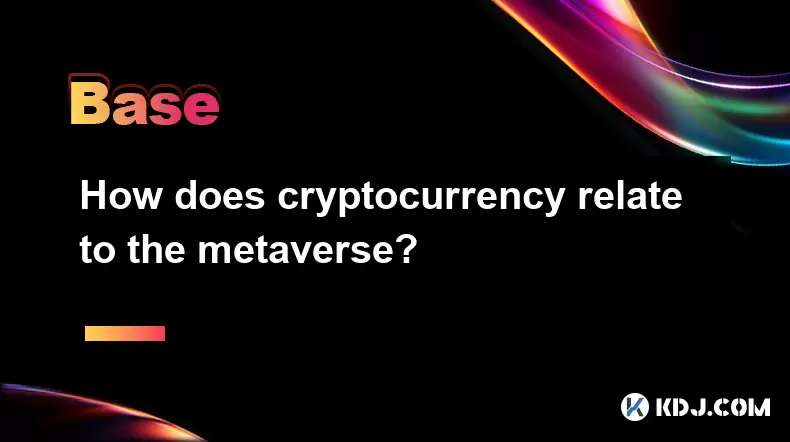
Understanding the Metaverse and Its Digital Foundations
The metaverse refers to a collective virtual shared space, created by the convergence of virtually enhanced physical reality, augmented reality (AR), and the internet. It is a persistent digital universe where users interact via avatars, attend events, own digital assets, and engage in economic activities. At its core, the metaverse relies on decentralized infrastructure to ensure ownership, security, and interoperability. This is where cryptocurrency becomes a foundational element. Cryptocurrencies provide the digital financial layer necessary for transactions within these virtual environments. Unlike traditional payment systems, crypto enables peer-to-peer exchanges without intermediaries, aligning with the decentralized ethos of many metaverse platforms.
The Role of Blockchain in Metaverse Infrastructure
Blockchain technology is the backbone that connects cryptocurrency and the metaverse. Each metaverse platform built on blockchain ensures transparency, immutability, and verifiable ownership of digital assets. When users purchase virtual land, wearables, or accessories, these items are recorded as non-fungible tokens (NFTs) on a blockchain. Ownership of these NFTs is secured through cryptographic keys, making duplication or unauthorized transfers nearly impossible. Platforms like Decentraland and The Sandbox operate on the Ethereum blockchain, using $MANA and $SAND as native cryptocurrencies. These tokens are essential for purchasing land parcels, participating in governance, and trading digital goods. The integration of blockchain ensures that value created in the metaverse is portable and secure across platforms.
Cryptocurrency as a Medium of Exchange in Virtual Economies
Within the metaverse, users engage in economic activities such as buying virtual real estate, trading digital fashion items, or attending paid events. These transactions require a reliable medium of exchange, which is fulfilled by native cryptocurrencies. For example, in Decentraland, users must use $MANA to buy plots of land or bid on virtual auctions. Similarly, The Sandbox requires $SAND for asset purchases and gameplay enhancements. These cryptocurrencies function like digital cash, enabling seamless transactions across borders without the friction of currency conversion or banking delays. Moreover, smart contracts automate payments, ensuring that creators receive royalties whenever their digital assets are resold. This creates a self-sustaining economy where value is preserved and distributed fairly.
How NFTs and Cryptocurrency Enable True Digital Ownership
One of the most transformative aspects of the metaverse is the concept of true digital ownership. In traditional online games or platforms, users do not truly own their in-game items; the company retains control. However, in blockchain-based metaverses, every digital asset is tokenized as an NFT, which is tied to a user’s crypto wallet. This means that a virtual jacket worn by an avatar or a piece of virtual art displayed in a digital gallery is owned outright by the user. The transfer of these assets occurs via cryptocurrency transactions, recorded permanently on the blockchain. To transfer an NFT:
- Connect your crypto wallet (e.g., MetaMask) to the metaverse marketplace.
- Select the NFT you wish to sell or gift.
- Specify the recipient’s wallet address or list it for auction.
- Confirm the transaction using your private key.
- Pay the gas fee in the blockchain’s native cryptocurrency (e.g., ETH for Ethereum-based platforms).
This process ensures that ownership is not only verifiable but also transferable outside the original platform.
Earning Cryptocurrency Through Metaverse Participation
The metaverse introduces new economic models where users can earn cryptocurrency through active participation. This concept, known as play-to-earn (P2E) or create-to-earn, allows individuals to monetize their time and creativity. In games like Axie Infinity, players earn $SLP (Smooth Love Potion) tokens by winning battles or breeding digital creatures. These tokens can be exchanged for other cryptocurrencies or fiat money. Similarly, users in Somnium Space can build virtual experiences and charge admission in $CUBE, the platform’s native token. Content creators can also sell digital art as NFTs and receive payments directly in cryptocurrency. To start earning:
- Choose a metaverse platform that supports crypto rewards.
- Set up a non-custodial wallet compatible with the platform.
- Complete required onboarding tasks (e.g., purchasing starter assets).
- Engage in activities that generate token rewards (e.g., gaming, building, socializing).
- Withdraw earnings to a personal wallet or exchange them on a crypto marketplace.
This model empowers users to become active contributors rather than passive consumers.
Interoperability and Cross-Metaverse Transactions
A key goal of the evolving metaverse is interoperability—the ability for assets and identities to move across different virtual worlds. Cryptocurrency plays a crucial role in enabling this. Because blockchain records are public and standardized, a digital item purchased in one metaverse could theoretically be used in another, provided both platforms support the same token standards (e.g., ERC-721 for NFTs). Cross-chain bridges allow users to transfer assets between blockchains, such as moving $SAND from Ethereum to Polygon to reduce transaction fees. For example:
- Use a decentralized exchange (DEX) like SushiSwap to swap tokens across chains.
- Connect your wallet to a bridge service like Polygon Bridge.
- Select the amount of cryptocurrency to transfer.
- Approve the transaction and pay the associated network fee.
- Wait for confirmation on the destination chain.
This flexibility ensures that users are not locked into a single ecosystem, enhancing the utility of both cryptocurrencies and digital assets.
Frequently Asked Questions
Can I use Bitcoin to buy land in the metaverse?Most metaverse platforms do not accept Bitcoin (BTC) directly due to its limited smart contract functionality. Instead, they use Ethereum-based tokens like $MANA or $SAND. To purchase land, you would need to convert BTC to ETH or the platform’s native token via a centralized exchange (e.g., Coinbase) and then transfer it to a compatible wallet.
Are metaverse cryptocurrencies safe to invest in?Cryptocurrencies tied to the metaverse are subject to market volatility and regulatory risks. Their value depends on platform adoption, user engagement, and technological development. Always conduct thorough research, use secure wallets, and avoid sharing private keys.
How do I protect my metaverse assets from theft?Store your crypto wallet’s seed phrase offline in a secure location. Enable two-factor authentication on exchange accounts. Never click on suspicious links or share wallet details. Use hardware wallets like Ledger or Trezor for high-value holdings.
Can I convert metaverse earnings into real-world money?Yes. You can sell earned tokens or NFTs on crypto exchanges like Binance or OpenSea. After converting to a stablecoin (e.g., USDT) or fiat currency, withdraw funds to your bank account through supported payment gateways.
Disclaimer:info@kdj.com
The information provided is not trading advice. kdj.com does not assume any responsibility for any investments made based on the information provided in this article. Cryptocurrencies are highly volatile and it is highly recommended that you invest with caution after thorough research!
If you believe that the content used on this website infringes your copyright, please contact us immediately (info@kdj.com) and we will delete it promptly.
- HBAR Under Pressure: Geopolitical Tensions and a Weekly Decline
- 2025-10-18 06:25:13
- WIF Trades, Bollinger Bands, and Bitcoin's Wobble: A Crypto Roundup
- 2025-10-18 06:25:13
- PEPE, Bitcoin, and Meme Coins: Navigating the Wild Ride
- 2025-10-18 06:30:14
- BlockDAG, Litecoin, VeChain: Navigating Crypto's Past, Present, and Future
- 2025-10-18 06:45:13
- Gold Coins, Spanish Shipwrecks, and Divers' Discoveries: A Treasure Trove of History
- 2025-10-18 06:30:14
- Floki Price Wobbles: Bollinger Bands, Macro Headwinds, and Meme Coin Mania
- 2025-10-18 06:35:12
Related knowledge

How do decentralized identity (DID) solutions work?
Oct 14,2025 at 11:36pm
Understanding Decentralized Identity in the Blockchain Ecosystem1. Decentralized identity (DID) solutions are built on blockchain networks, allowing i...
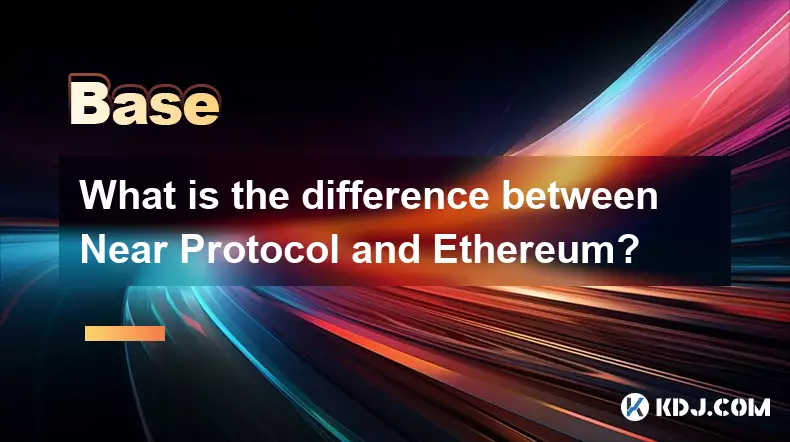
What is the difference between Near Protocol and Ethereum?
Oct 15,2025 at 08:01am
Near Protocol and Ethereum: Core Architectural Differences1. Near Protocol operates on a sharded blockchain architecture known as Nightshade, which al...

What does it mean for code to be "open source" in crypto?
Oct 12,2025 at 01:54pm
Understanding Open Source in the Cryptocurrency Ecosystem1. In the context of cryptocurrency, open source refers to software whose code is publicly ac...

What is the purpose of a "testnet"?
Oct 12,2025 at 09:01am
Understanding the Role of Testnets in Blockchain Development1. A testnet serves as a parallel version of a blockchain network, designed specifically f...

How to avoid phishing scams in crypto?
Oct 13,2025 at 06:18pm
Understanding Common Crypto Phishing Tactics1. Cybercriminals frequently use fake websites that mirror legitimate crypto exchanges or wallet platforms...

What is the difference between single-collateral and multi-collateral Dai?
Oct 12,2025 at 05:18pm
Understanding Single-Collateral Dai1. Single-Collateral Dai (SCD) was the original version of the Dai stablecoin launched by MakerDAO in 2017. It allo...

How do decentralized identity (DID) solutions work?
Oct 14,2025 at 11:36pm
Understanding Decentralized Identity in the Blockchain Ecosystem1. Decentralized identity (DID) solutions are built on blockchain networks, allowing i...

What is the difference between Near Protocol and Ethereum?
Oct 15,2025 at 08:01am
Near Protocol and Ethereum: Core Architectural Differences1. Near Protocol operates on a sharded blockchain architecture known as Nightshade, which al...

What does it mean for code to be "open source" in crypto?
Oct 12,2025 at 01:54pm
Understanding Open Source in the Cryptocurrency Ecosystem1. In the context of cryptocurrency, open source refers to software whose code is publicly ac...

What is the purpose of a "testnet"?
Oct 12,2025 at 09:01am
Understanding the Role of Testnets in Blockchain Development1. A testnet serves as a parallel version of a blockchain network, designed specifically f...

How to avoid phishing scams in crypto?
Oct 13,2025 at 06:18pm
Understanding Common Crypto Phishing Tactics1. Cybercriminals frequently use fake websites that mirror legitimate crypto exchanges or wallet platforms...

What is the difference between single-collateral and multi-collateral Dai?
Oct 12,2025 at 05:18pm
Understanding Single-Collateral Dai1. Single-Collateral Dai (SCD) was the original version of the Dai stablecoin launched by MakerDAO in 2017. It allo...
See all articles
















